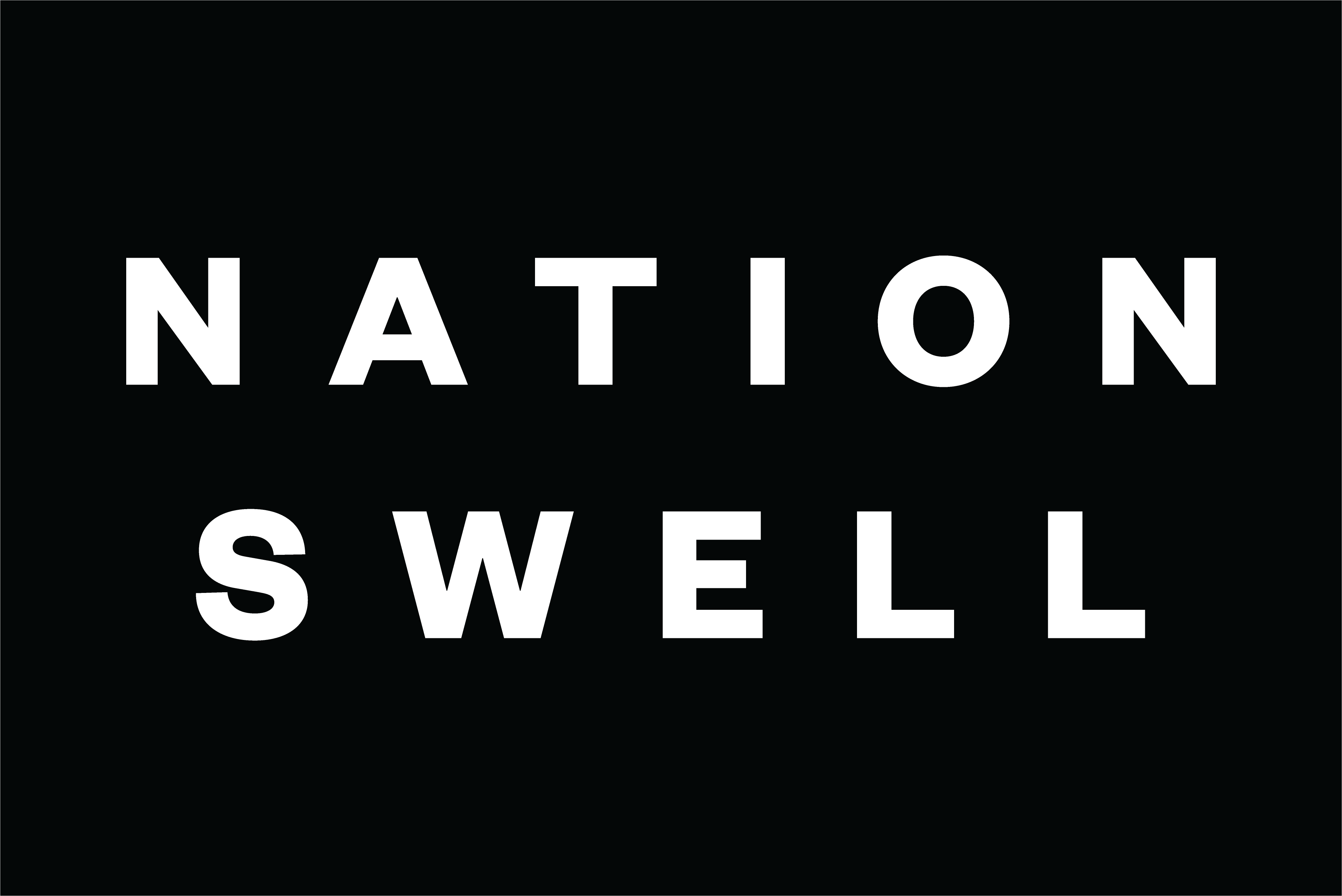Threats facing diversity, equity, and inclusion (DEI) accelerated dramatically in early 2025 as new Executive Orders exerted significant pressure on companies, funders, and nonprofits to retreat from their DEI practices. The EOs and surrounding political scrutiny have led some organizations to walk back their commitments and decrease their investments. Others – propelled forward by their investors, employees, and organizational goals – are finding new ways to sustain momentum while remaining in compliance with relevant laws.
On August 5, NationSwell hosted a virtual Leader Roundtable dedicated to taking stock of the latest developments shaping the future of DEI and surfacing the practices, models, and pivots that are helping organizations navigate challenges, protect gains, and create more inclusive, equitable workplaces and communities.
Some of the key takeaways from the discussion appear below:
Insights:
1. Flexibility is a strength — but values must remain non-negotiable. Organizations are adapting language, public messaging, and branding in response to political pressures, but those with the most clarity and confidence are grounding decisions in their mission, legal frameworks, and long-held values. This internal consistency and moral clarity helps to ensure that external adjustments don’t dilute internal commitments.
2. Internal alignment and transparent communication are essential. Clear messaging to staff — especially during times of change — helps maintain trust and cohesion. Leaders are prioritizing employee engagement, addressing concerns proactively, and reinforcing shared purpose in order to sustain morale and minimize confusion. Internal stakeholders and employees need to understand that the mission hasn’t shifted — just the framing.
3. Crisis response teams and task forces are becoming essential infrastructure. Organizations are formalizing cross-functional groups to navigate fast-moving political, legal, and reputational risks. These teams — which often include legal, HR, communications, and policy stakeholders — enable coordinated responses and reduce the burden on DEI leaders to go it alone.
4. Fear and confusion among leadership requires intentional re-grounding. Allies who once championed DEI work are now hesitant, unsure of legal limits or public repercussions. Supporting leaders to revisit their “why,” and equipping them with clear, values-driven language, helps prevent unnecessary retreats and builds back courage.
5. Staff engagement and inclusion remain top priorities. Changes to DEI language or visibility can be felt deeply by internal teams. Organizations are leaning into listening sessions, transparent rationales, and co-created strategies to ensure staff feel included and aligned — even when choices are tough.
6. DEI work is becoming more decentralized — but must remain coherent. In large or distributed organizations, responses to the current climate can vary across regions, teams, or departments. While local nuance matters, leaders are working to ensure that the organization’s equity efforts remain coherent, consistent, and strategically aligned.
7. A shared learning and support ecosystem is crucial for leadership stamina. This work is emotionally and politically taxing. Leaders are finding strength in peer networks, cross-sector convenings, and informal “circles of care” that offer solidarity, shared tools, and a place to strategize in real time.
8. Courage is contagious—and still required. Amid a climate of uncertainty, principled leadership remains essential. Whether through bold public statements or quiet consistency, organizations can lead by example — affirming that even strategic compromise can be paired with moral clarity.

 "
"
